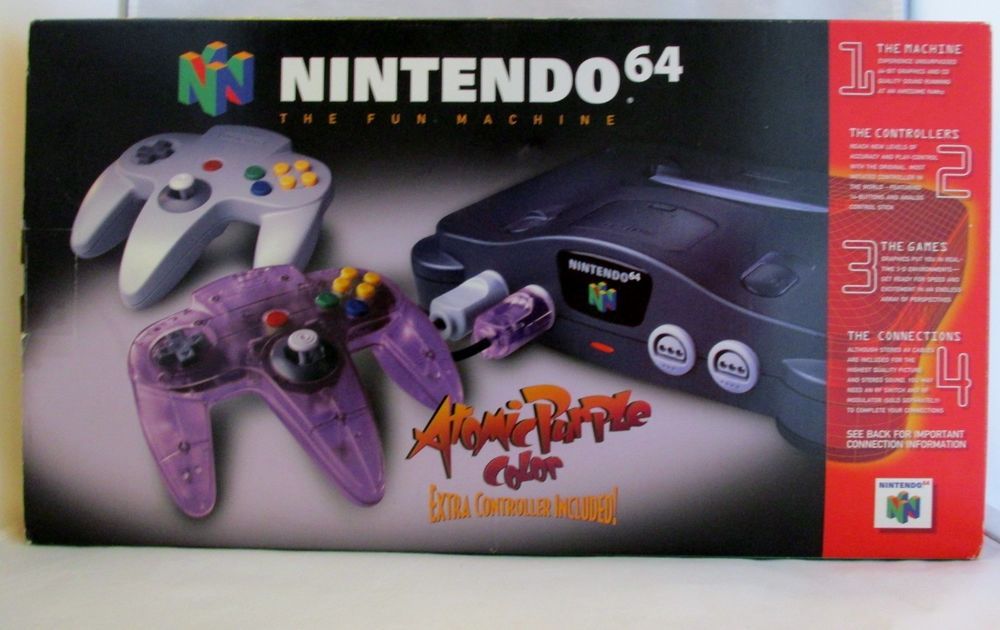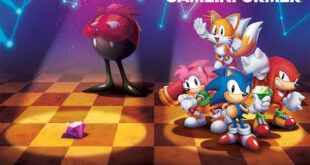The Nintendo 64: A Historical Overview and System Review
Enjoy our comprehensive retrospective as we showcase each and every one of the classic games developed for the Gameboy Advance in this captivating video journey, or read up on the system and review below!
The Nintendo 64, launched by Nintendo in 1996, is a landmark home video game console that marked a generation with its innovative approach to gaming and its impact on the industry. Known for its iconic three-pronged controller and the introduction of beloved franchises in 3D, the N64 has a special place in the history of gaming.
Specifications
Before delving into the history and review, let’s outline the specifications of the Nintendo 64:
- CPU: MIPS R4300i, 93.75 MHz
- Memory: 4.5 MB of RAM, expandable to 8 MB with the Expansion Pak
- Graphics: SGI RCP, 62.5 MHz, 100 MFLOPS, 150K polygons/second, texture mapping, Z-buffering
- Sound: 16-bit, ADPCM waveforms, up to 100 PCM channels
- Display: Resolution of 320×240 to 640×480 pixels
- Storage: Cartridge-based, ranging from 4 MB to 64 MB
- Controller: Features 10 buttons, one analog stick, and a directional pad
History
The Nintendo 64’s development was a response to the evolving video game industry, with competitors like Sony’s PlayStation and Sega’s Saturn making waves with their 32-bit systems. Nintendo opted for a cartridge-based system, contrary to the industry’s shift towards CD-ROMs, due to faster loading times and to curtail piracy.
The console was originally conceived under the project name “Project Reality,” in collaboration with Silicon Graphics, Inc. (SGI), which promised to deliver unparalleled visuals. The name “64” in Nintendo 64 refers to the 64-bit central processing unit, which was a step up from the 32-bit systems of the era.
The N64 was officially released on June 23, 1996, in Japan, September 29, 1996, in North America, March 1, 1997, in Europe and Australia, and September 1, 1997, in France.
System Review
Design and Hardware
The N64 showcased an unconventional design with its three-handled controller, which introduced the analog stick to mainstream console gaming. This allowed for more precise movement in 3D space, a novelty that enhanced the gameplay experience. The Expansion Pak also allowed for enhanced graphics on some games, which was a forward-thinking move by Nintendo, albeit it fragmented the player experience to some degree.
Gaming Library
The gaming library of the N64, while not as extensive as its CD-ROM-based competitors, featured many high-quality titles that have since become classics. Games like “Super Mario 64”, “The Legend of Zelda: Ocarina of Time”, and “GoldenEye 007” are often cited as some of the greatest games of all time and showcased the system’s capabilities in creating immersive 3D worlds.
Impact on Multiplayer Gaming
The N64 was also revolutionary in its approach to multiplayer gaming. With four controller ports built directly into the console, games like “Mario Kart 64” and “Super Smash Bros.” became social phenomena, offering some of the best local multiplayer experiences of the time.
Graphics and Sound
For its time, the N64’s graphics were groundbreaking. The use of a dedicated graphics processor allowed for detailed 3D graphics and smoother transitions between animations. Sound quality was also a strong point for the N64, with many games featuring memorable and dynamic scores.
Limitations
The decision to use cartridges for the N64 came with drawbacks. The storage limitations compared to CDs resulted in less multimedia content, such as full-motion video and high-fidelity audio tracks, which became standard on other platforms. Additionally, the cost of production for cartridges was significantly higher, which sometimes led to higher retail prices for N64 games.
Legacy
The Nintendo 64 may not have won the sales race against the PlayStation, but it secured a beloved place in gaming history. It pushed the boundaries of 3D gaming, introduced controller design features that are still in use today, and its top titles have inspired countless games that followed. The N64’s emphasis on fun, approachable, yet deep gameplay set a standard for what a home console experience could be.
In retrospect, the N64 is a testament to Nintendo’s willingness to take risks and innovate. It’s a system that brought friends and families together, defined childhoods, and continues to influence the gaming industry long after its time in the spotlight.
 Retro-Replay.com Retro gaming reviews, news, emulation, geek stuff and more!
Retro-Replay.com Retro gaming reviews, news, emulation, geek stuff and more!





